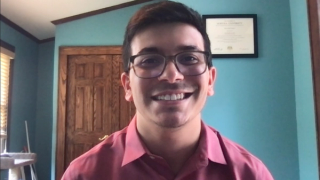
Dementia and Alzheimer Disease
Latest News
Latest Videos

CME Content
More News
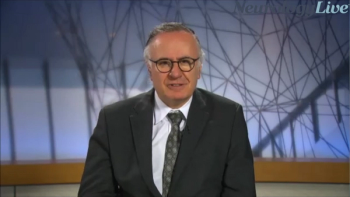
The director of Cleveland Clinic’s Epilepsy Center provided insight on a new 20-year initiative to uncover more about the origins of neurological diseases and how they occur prior to symptom onset. [WATCH TIME: 3 minutes]

The director of Cleveland Clinic’s Epilepsy Center discussed the new Cleveland Clinic Brain Study, which will evaluate predisease fingerprints from patients who go on to develop neurological disorders.
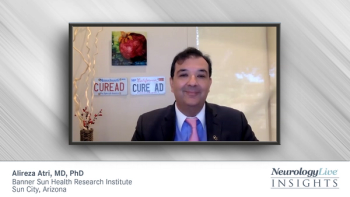
Alireza Atri, MD, PhD, concludes with a discussion on how different testing methods impact the care of patients with AD.

Dr Atri continues his discussion on aducanumab and AD diagnostic evaluations.

Dr Atri explains how aducanumab plays a role in diagnostic evaluations for patients with AD.

The cognitive neurologist at the University of California San Francisco discussed the need to continue research on why patients develop cognitive changes following COVID-19 infection and how clinicians can care for them. [WATCH TIME: 4 minutes]

In previous phase 1 settings, CY6463 has demonstrated an impact on biomarkers relevant to neurodegeneration and cognitive impairment.

Frail people or those with lower cognitive reserve were the only variables that benefitted from higher doses, whereas APOE status and education had no significant interaction.

Here's what is coming soon to NeurologyLive®.

After changes were made to the AVATAR phase 3 study in Rett syndrome, Anavex provided context on the timing of the adjustments, which were approved by regulatory bodies in the UK and Australia, where the trial was conducted.
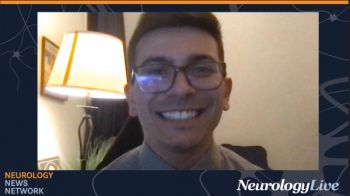
Neurology News Network for the week ending February 5, 2022. [WATCH TIME: 4 minutes]
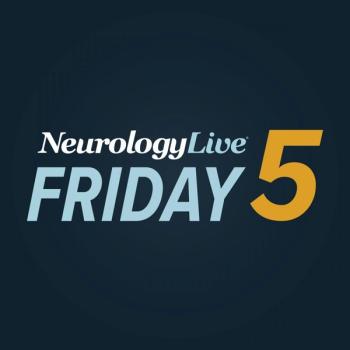
Take 5 minutes to catch up on NeurologyLive®'s highlights from the week ending February 4, 2022.

The assistant clinical professor at Vanderbilt University School of Medicine discussed ways of incorporating and encouraging women physicians to enter the neurology specialty. [WATCH TIME: 4 minutes]

Although research illustrates the persistence of inequities between women and men in neurology, 3 women leaders shared encouraging thoughts and experiences highlighting the progress made in recent years.

Collaboration can result in greater success than what one can achieve alone, and for women physicians, this rings truer than ever before, writes Jill M. Farmer, DO, MPH.

In light of National Women Physicians Day, the assistant clinical professor at Vanderbilt University School of Medicine commented on the roles women have played historically, and her perspective on where they stand now. [WATCH TIME: 12 minutes]

Theresa Sevilis, DO, writes on picking a career path in medicine as a woman, and how deciding to jump ship from a traditional path was among the best decisions she's made.

The assistant clinical professor at Vanderbilt University School of Medicine shared what National Women Physicians Day means to her, and the history behind its celebration. [WATCH TIME: 6 minutes]

For women, the decision to opt for an unconventional career path can be inspired by conflicting responsibilities and balancing life with work. But, as Sana Syed, MD, MPH, explains, following your passion is still an achievable dream despite these challenges.

Treatment with blarcamesine resulted in statistically significant improvements on the new primary end point and significantly reduced Rett syndrome symptoms through changes in potential biomarkers of disease pathology.

Catch up on any of the neurology news headlines you may have missed over the course of the last month, compiled all into one place by the NeurologyLive® team.

The cognitive neurologist at the University of California, San Francisco provided insight on the research needed to explain more about COVID-19’s pathogenesis and the realistic possibility of developing neurocognitive disorders.

The founding executive director of the Alzheimer��’s Drug Discovery Foundation commented on ongoing developments from the organization, particularly the diagnostics accelerator, which aims at identifying a better way to diagnose Alzheimer disease. [WATCH TIME: 6 minutes]

Alireza Atri, MD, PhD, discusses aducanumab’s recent FDA approval for the treatment of AD.

An expert explains the role biomarker testing plays when diagnosing a patient with AD.






